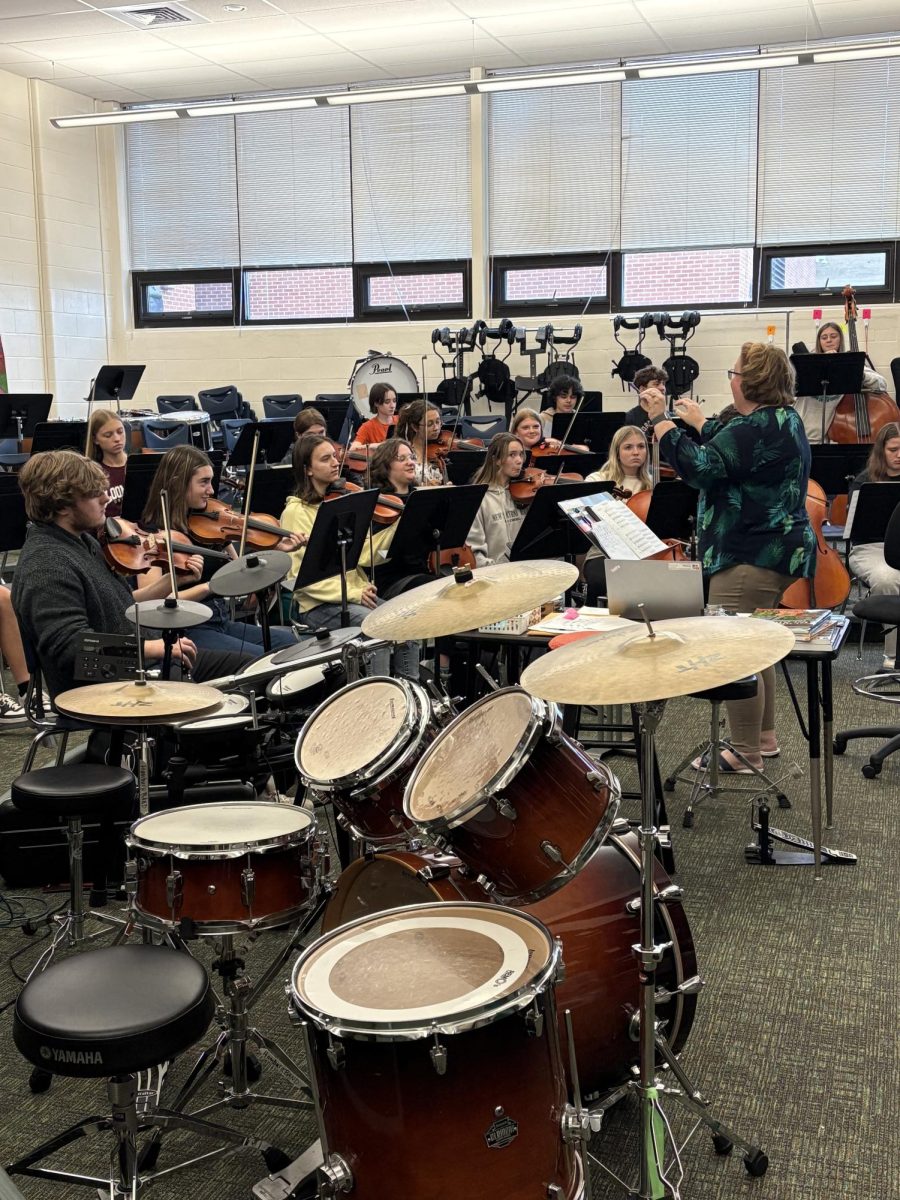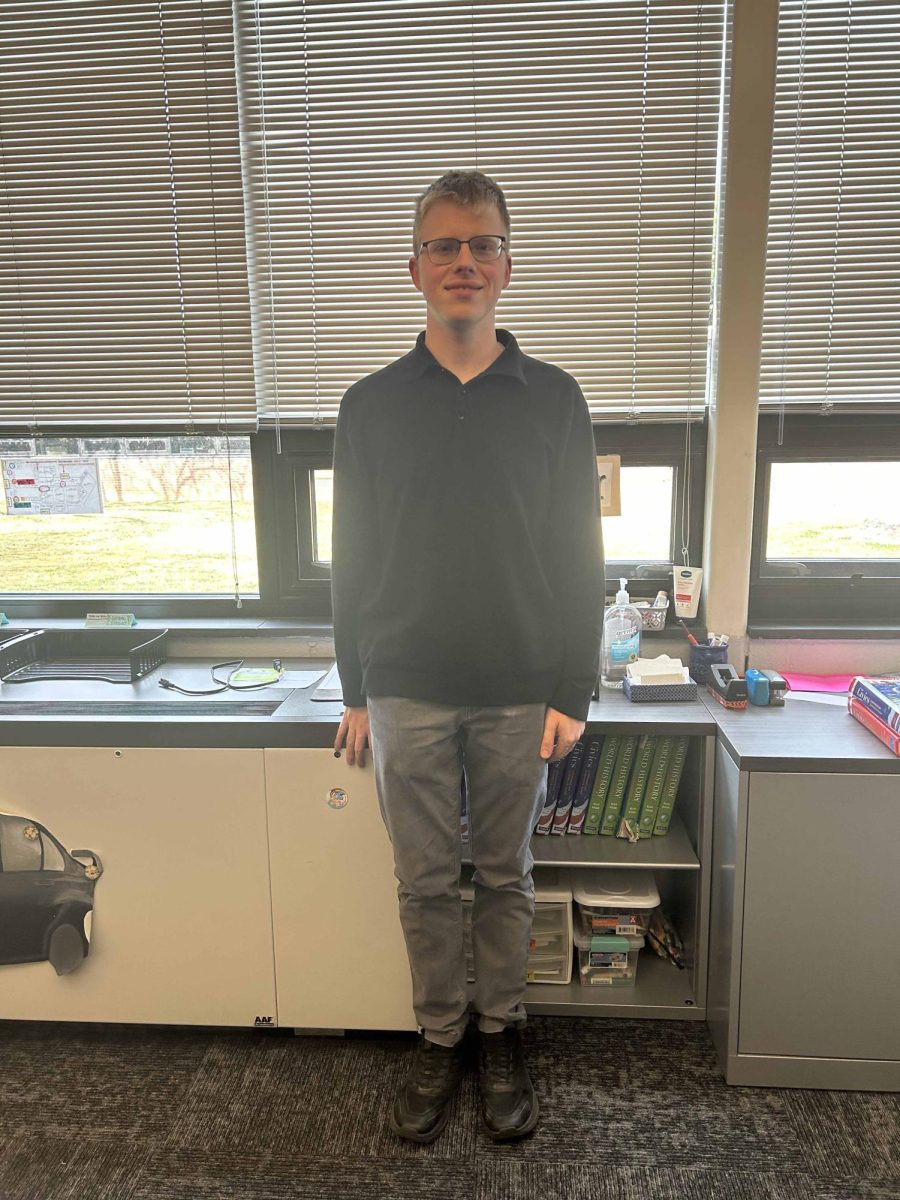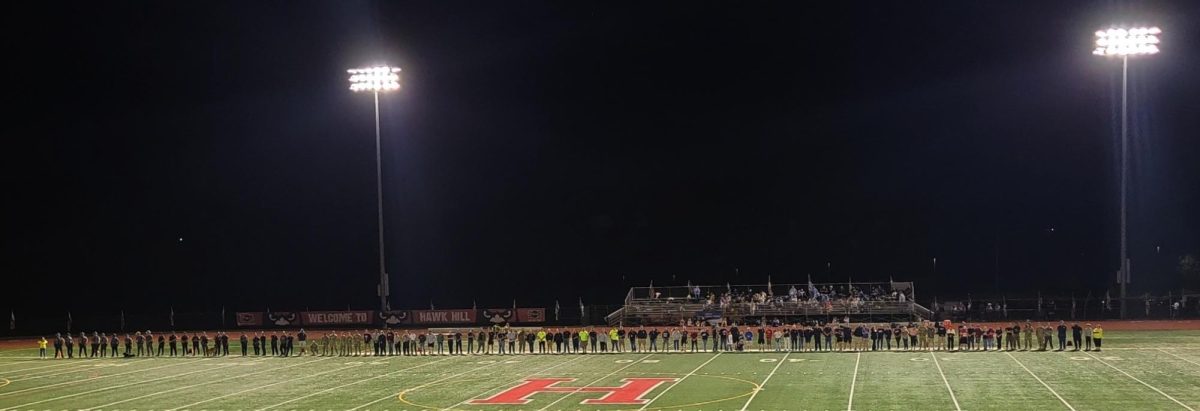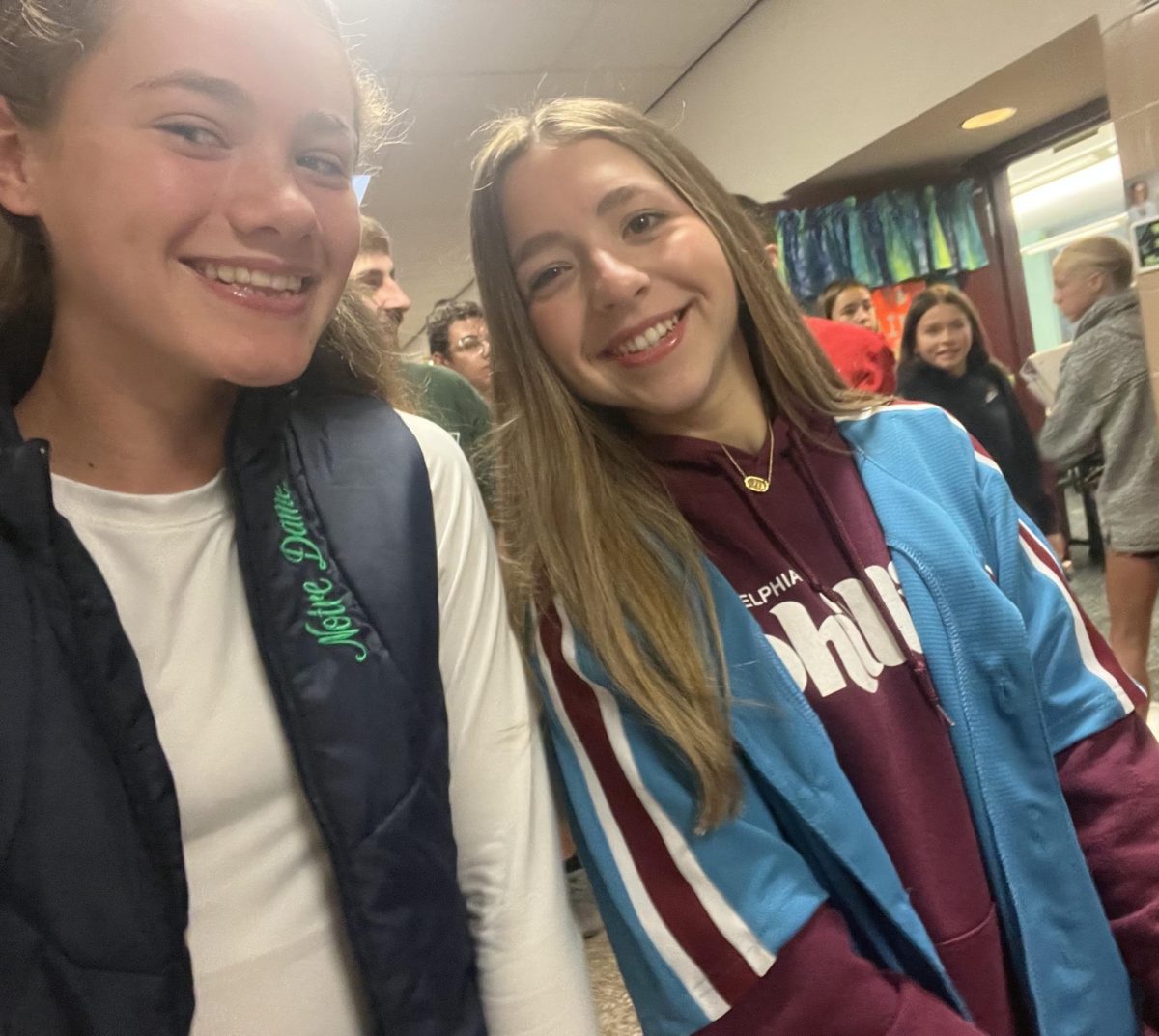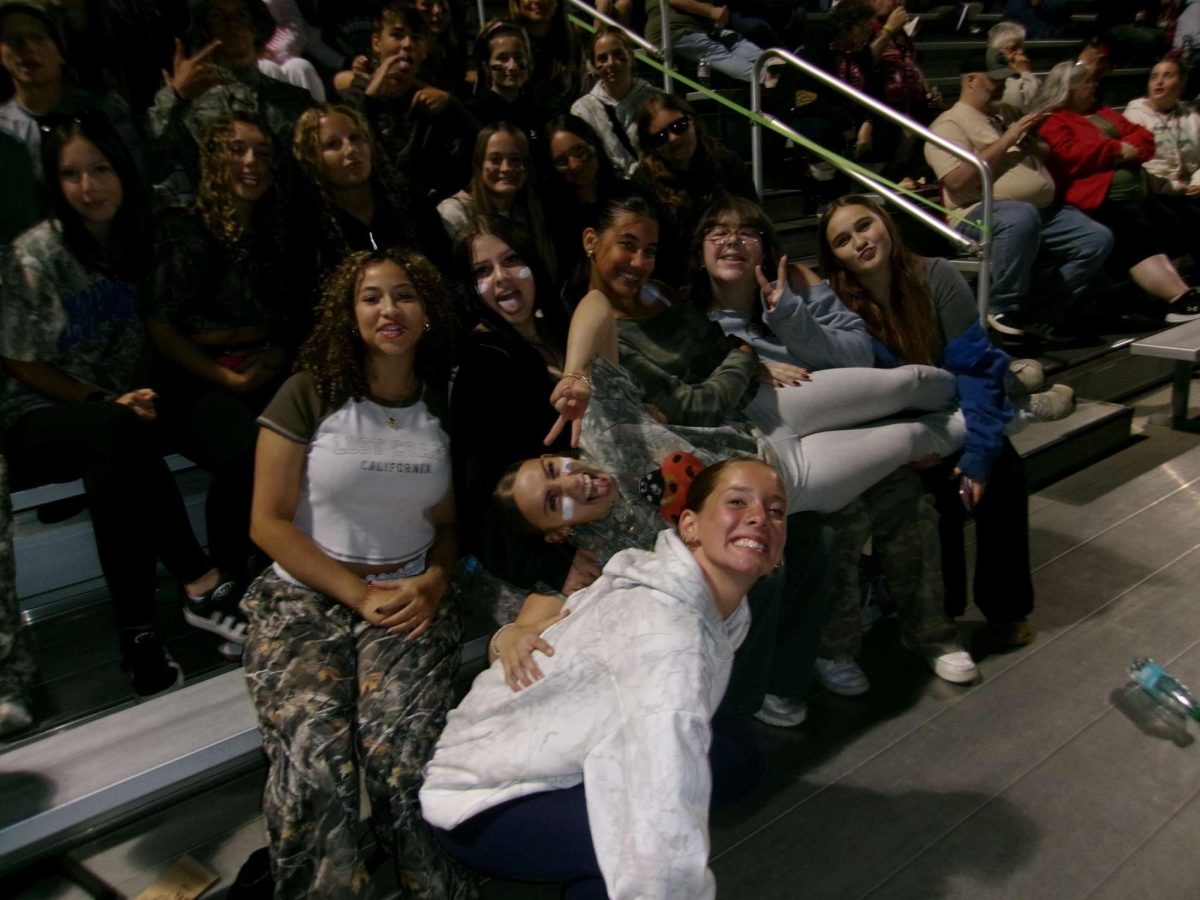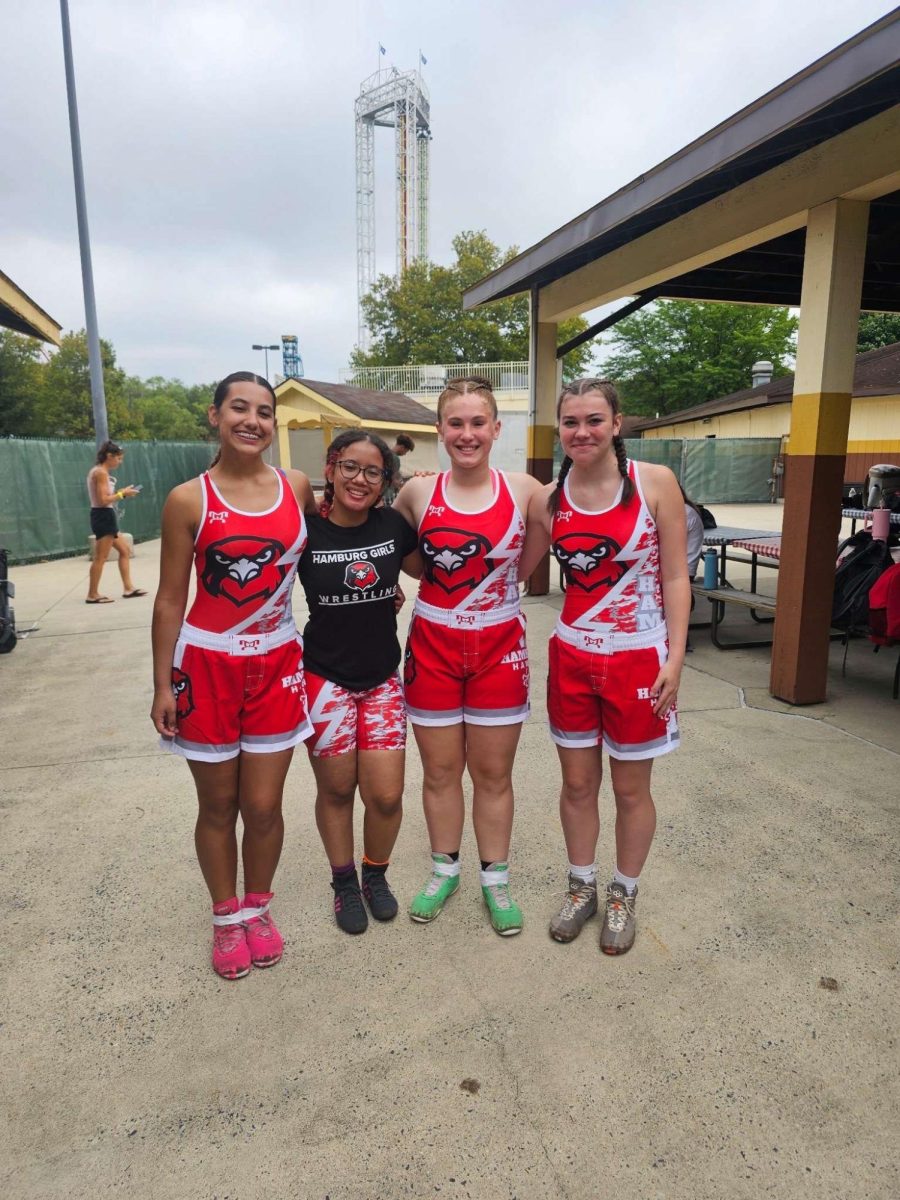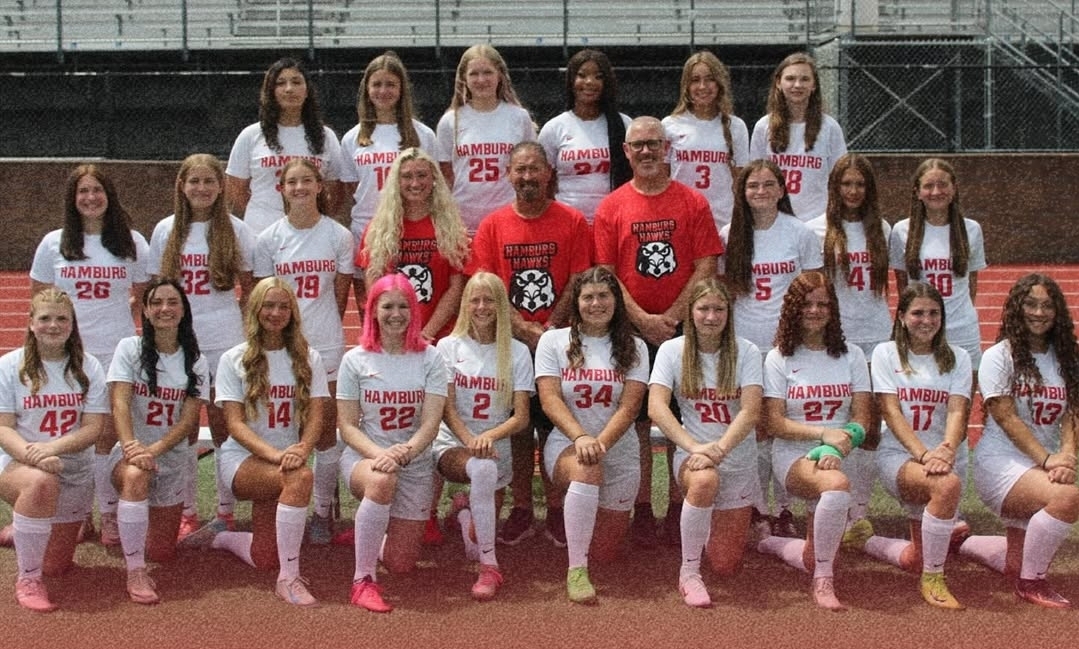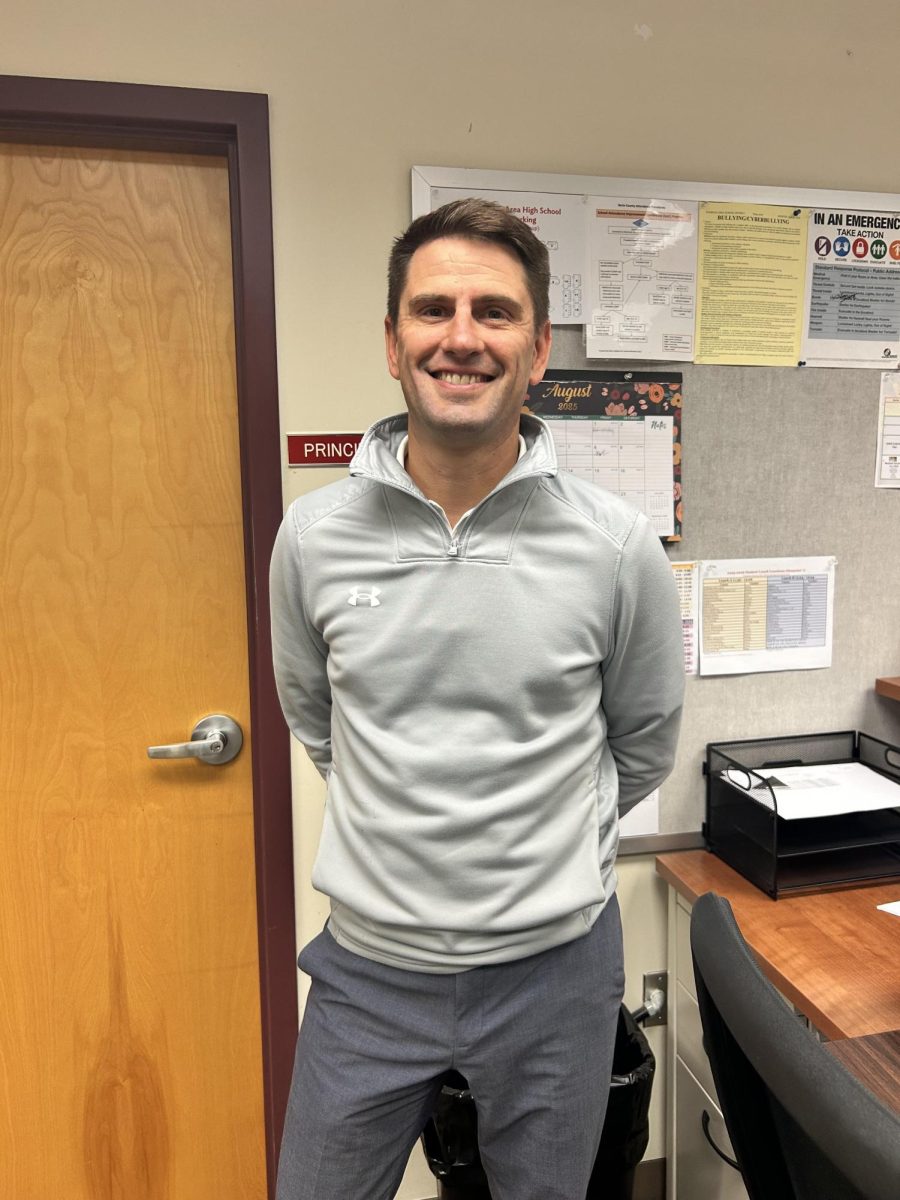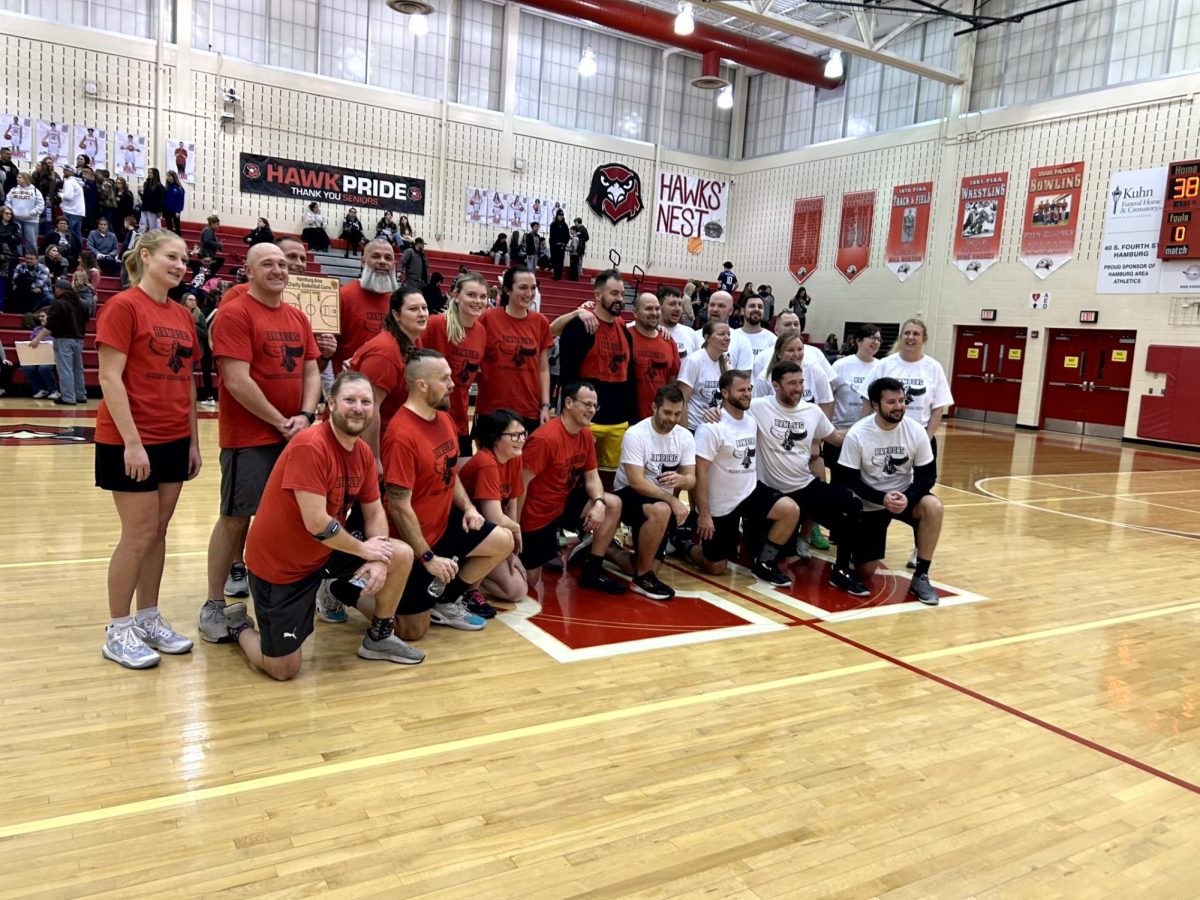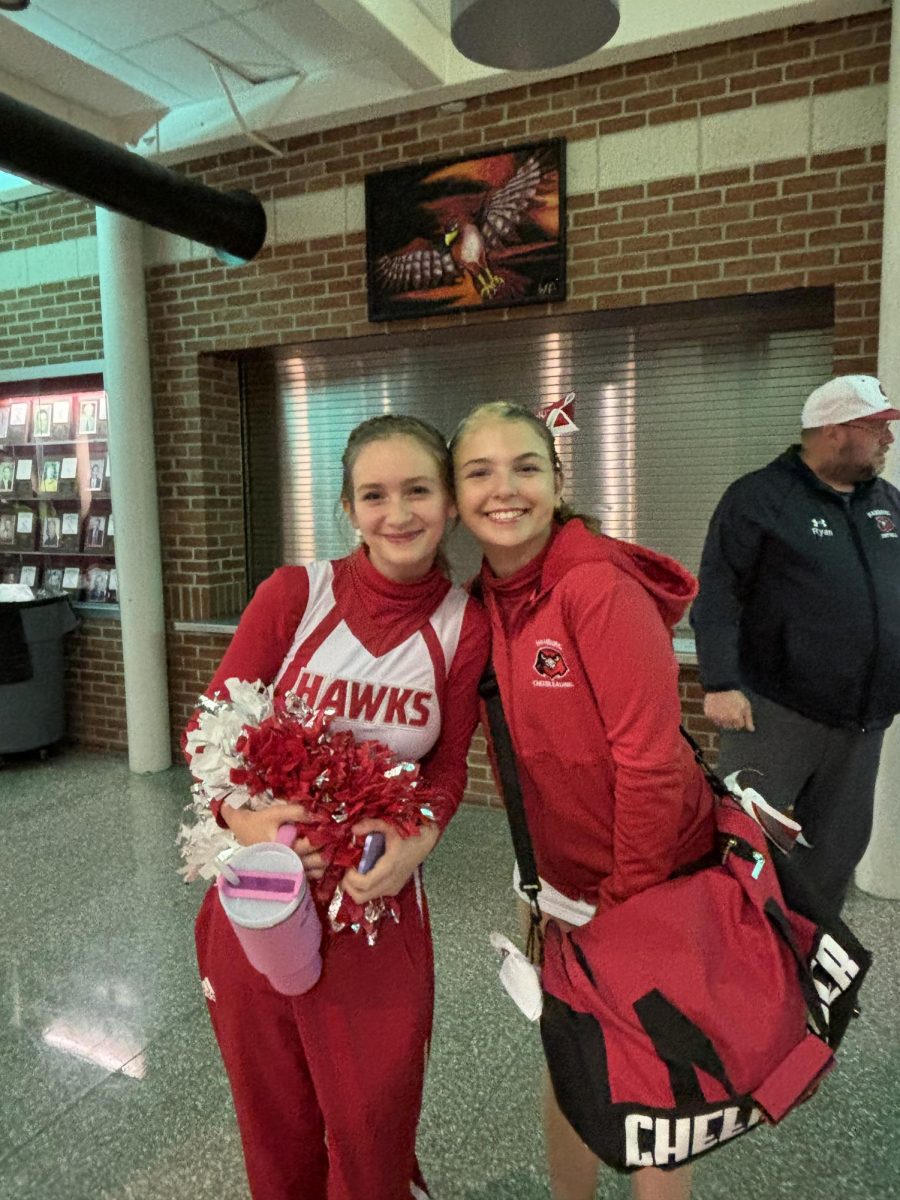On December 15, students from anatomy and physiology classes, taught by Mrs.Sinopoli and students from AP Biology, taught by Mrs.Farina were all invited to attend an educational field trip to the Whitaker Center in Harrisburg. Students were seen learning about the human body and participating in different activities. One of the activities included a cinema viewing of a live hysterectomy.
A hysterectomy is a common surgical procedure performed on women to remove the uterus. It is typically recommended as a treatment option for various medical conditions, such as chronic pelvic pain, uterine fibroids, endometriosis, adenomyosis, uterine prolapse, and certain types of gynecological cancers. There are different types of hysterectomies, including a total hysterectomy (removal of the entire uterus and cervix), a subtotal hysterectomy (removal of the upper part of the uterus while leaving the cervix intact), and a radical hysterectomy (removal of the uterus, cervix, upper part of the vagina, and surrounding tissues). Potential side effects and risks of a hysterectomy may include surgical complications like infection, bleeding, damage to nearby structures (such as the bladder or intestines), and reactions to anesthesia.
Students were welcomed to participate in this trip in order to get a live feel of how a standard procedure would work. Many students taking AP Biology and Anatomy and Physiology are studying to become a part of the medical field. Schooling for medicine is very expensive, so commitment is a must. This field trip was made to show students what a real surgery would look like
Senior Alyssa Thomas comments, “It’s truly not like the movies and TV shows. It’s actually a little more laid back and not so rushed and dramatic. You do have to take your time and not rush the surgery. I thought it was cool and oddly fascinating. I was worried I was going to find it gross, but it was a very clean and precise surgery.”
Another activity directors had the students doing was a demonstration of an intubation. An intubation procedure involves inserting a tube into a patient’s airway to assist with breathing or to deliver anesthesia. The tube is inserted through the mouth or nose into the windpipe and allows the passage of oxygen and removal of carbon dioxide.
For more information visit, https://www.whitakercenter.org/hours-events, https://www.whitakercenter.org/, https://www.nhs.uk/conditions/hysterectomy


